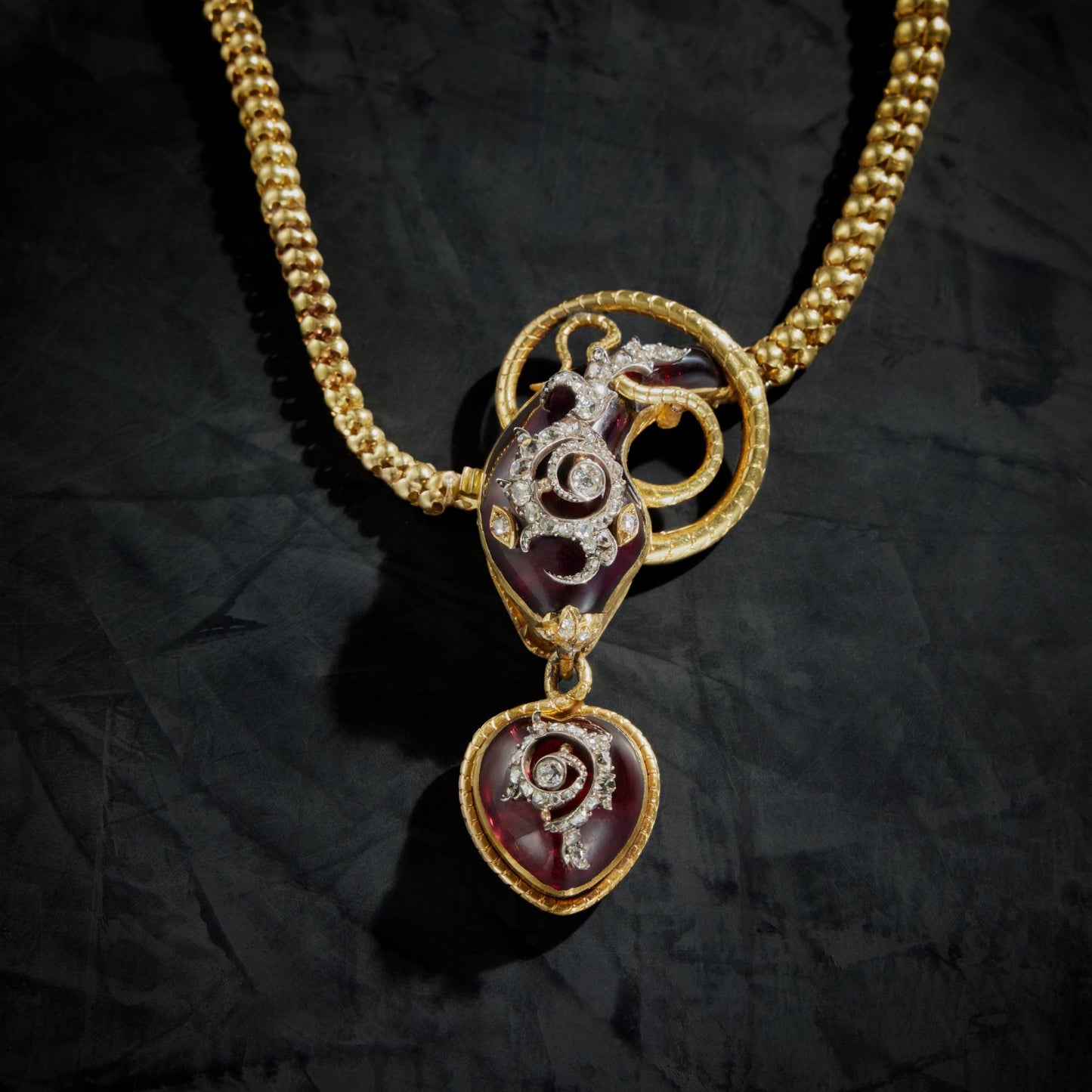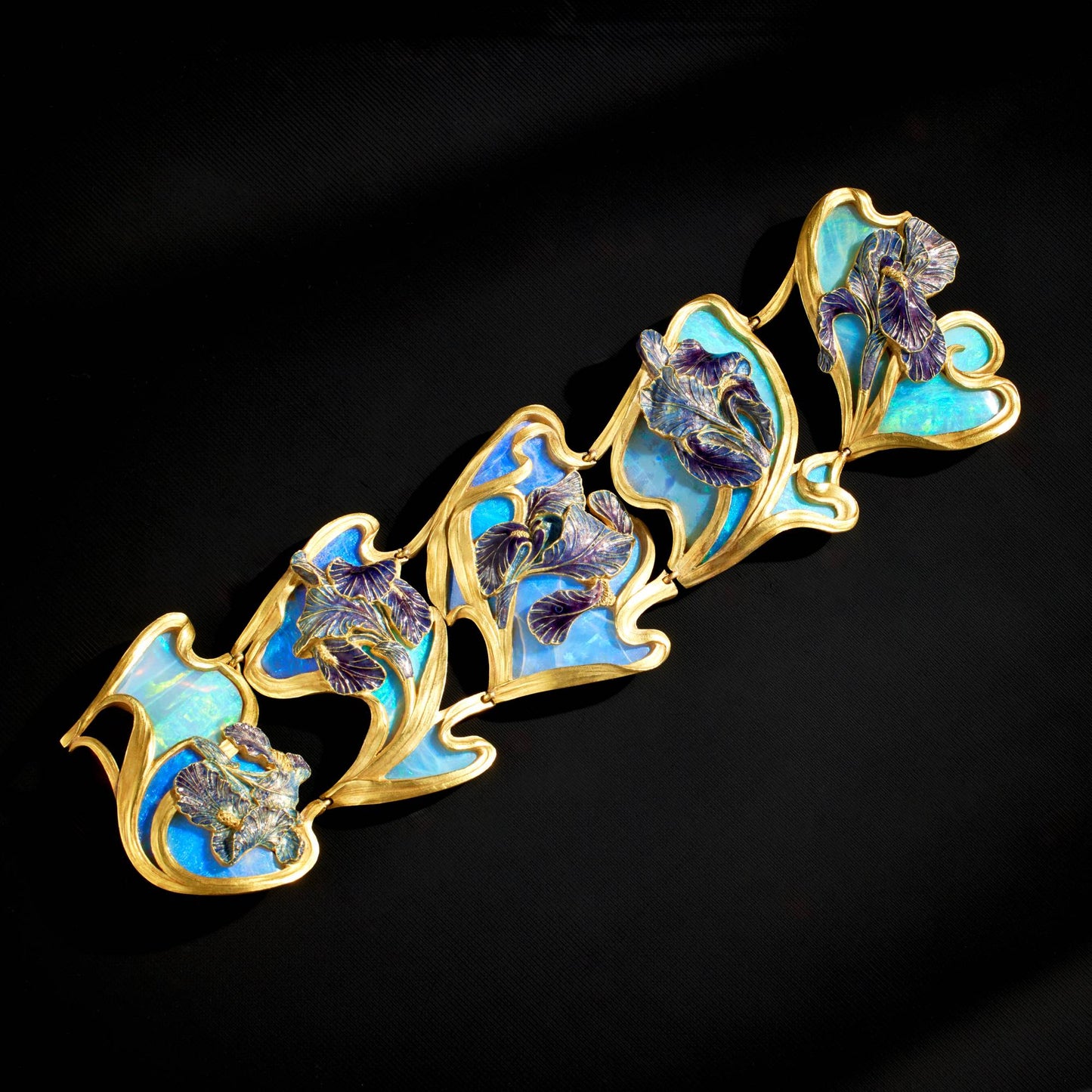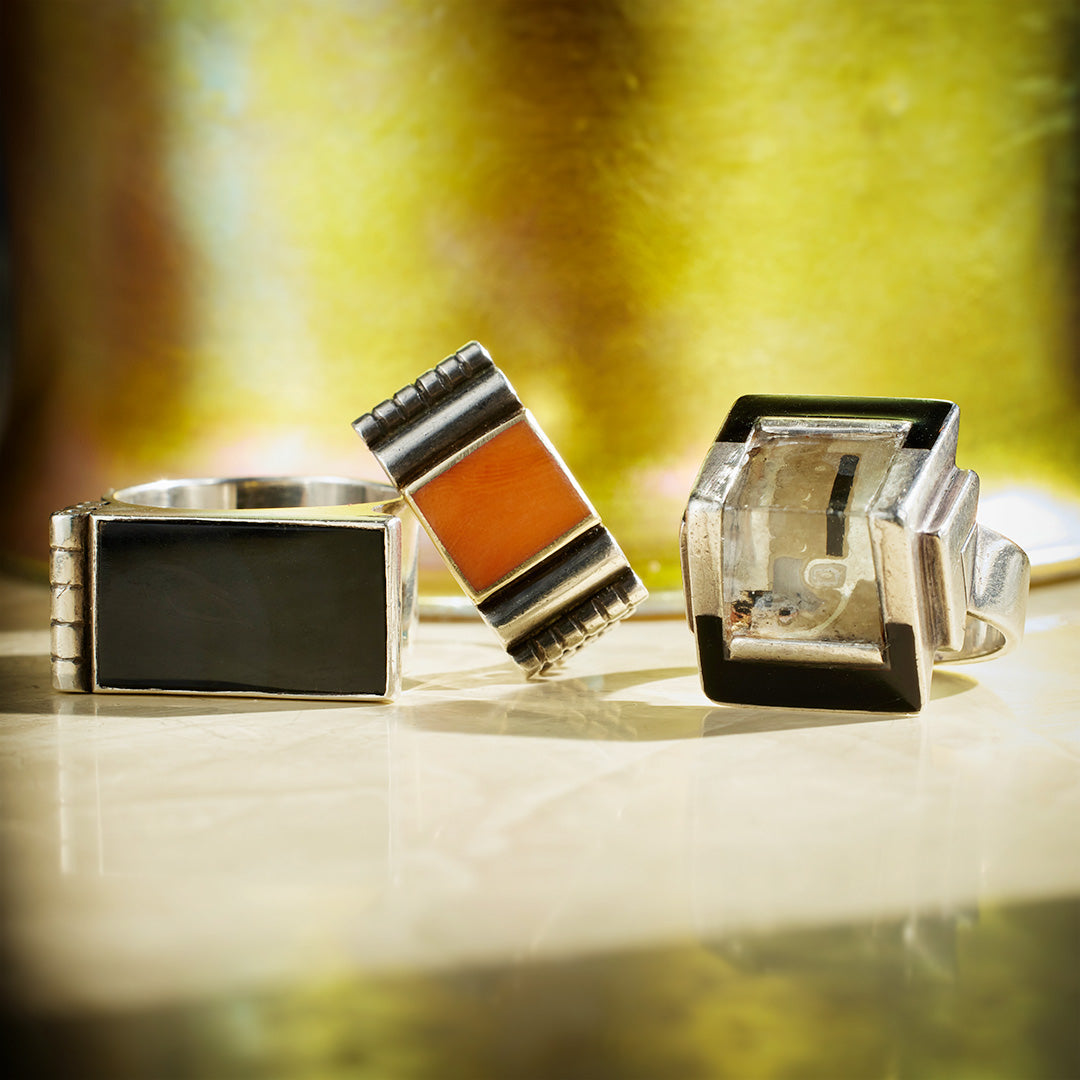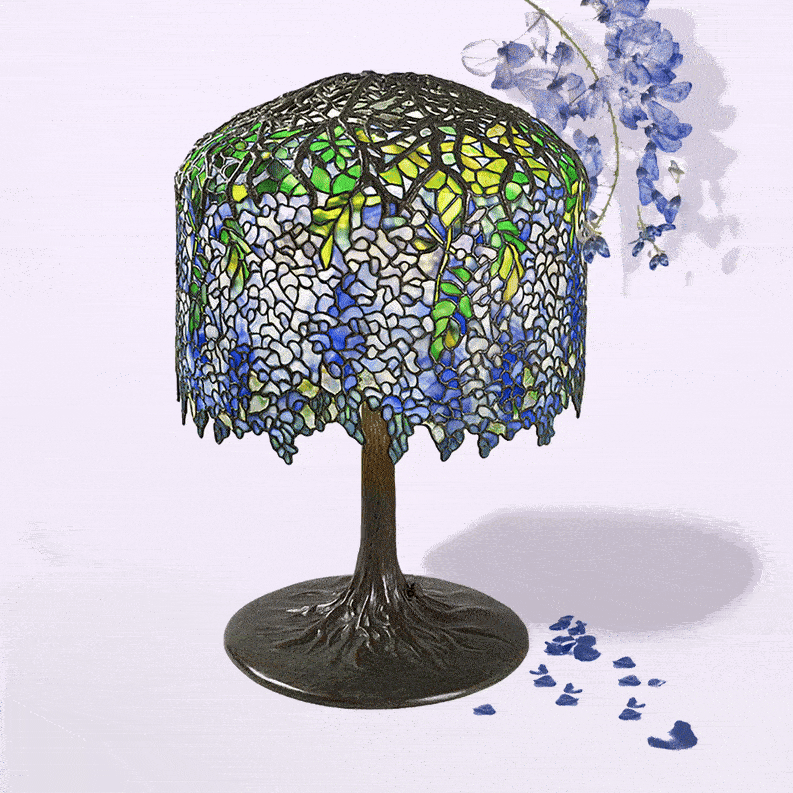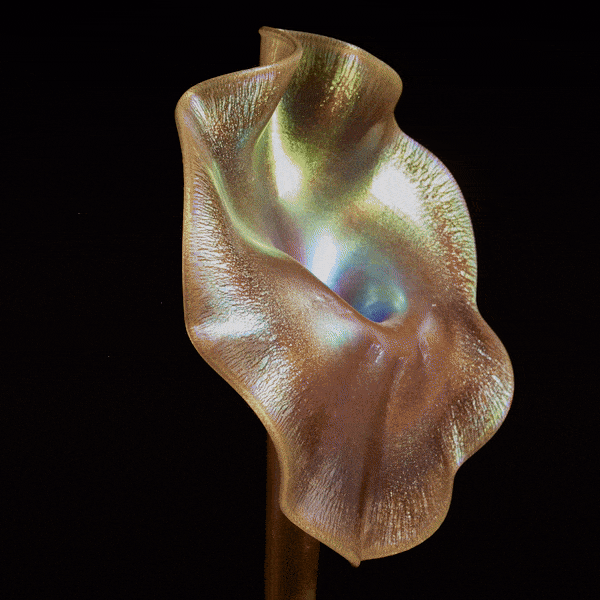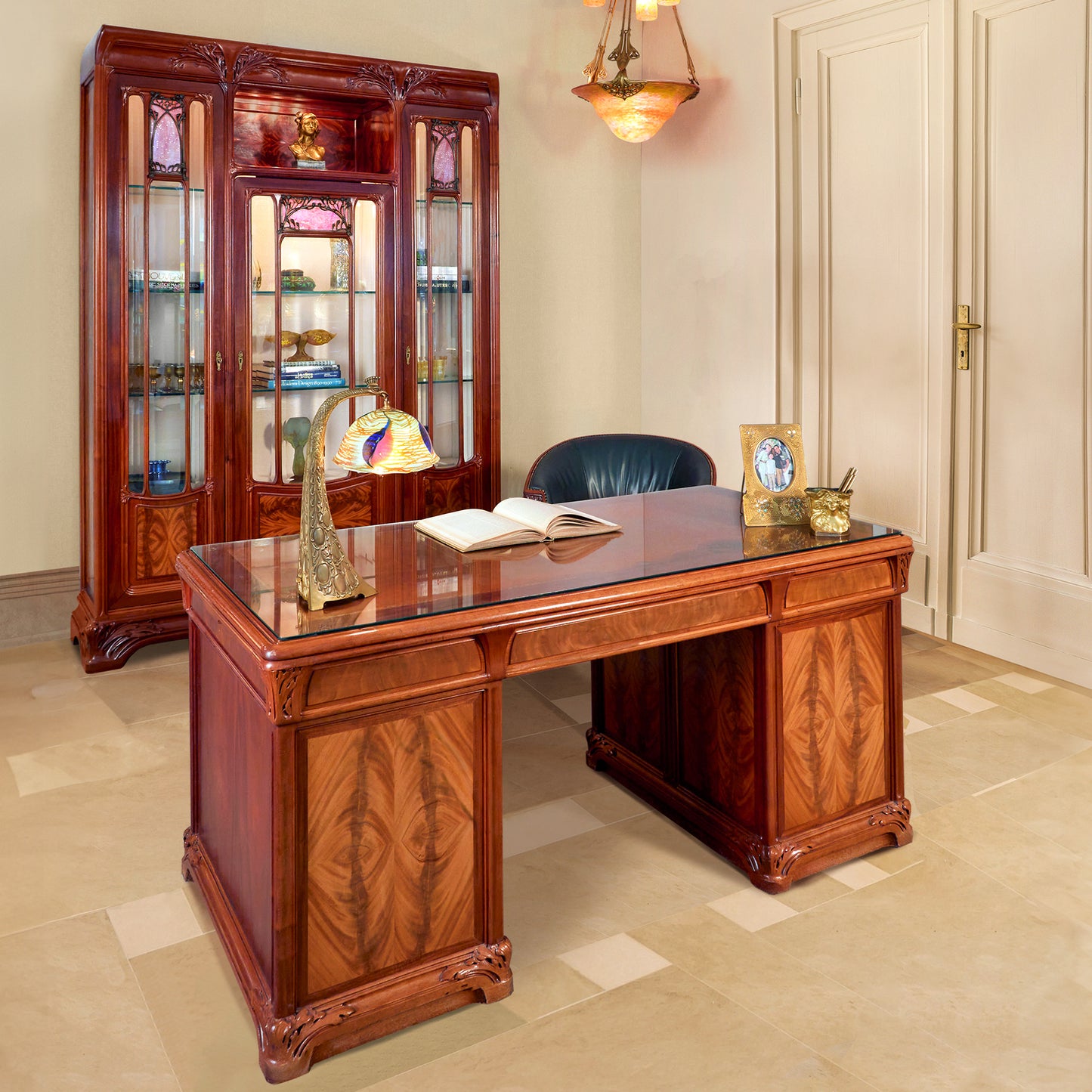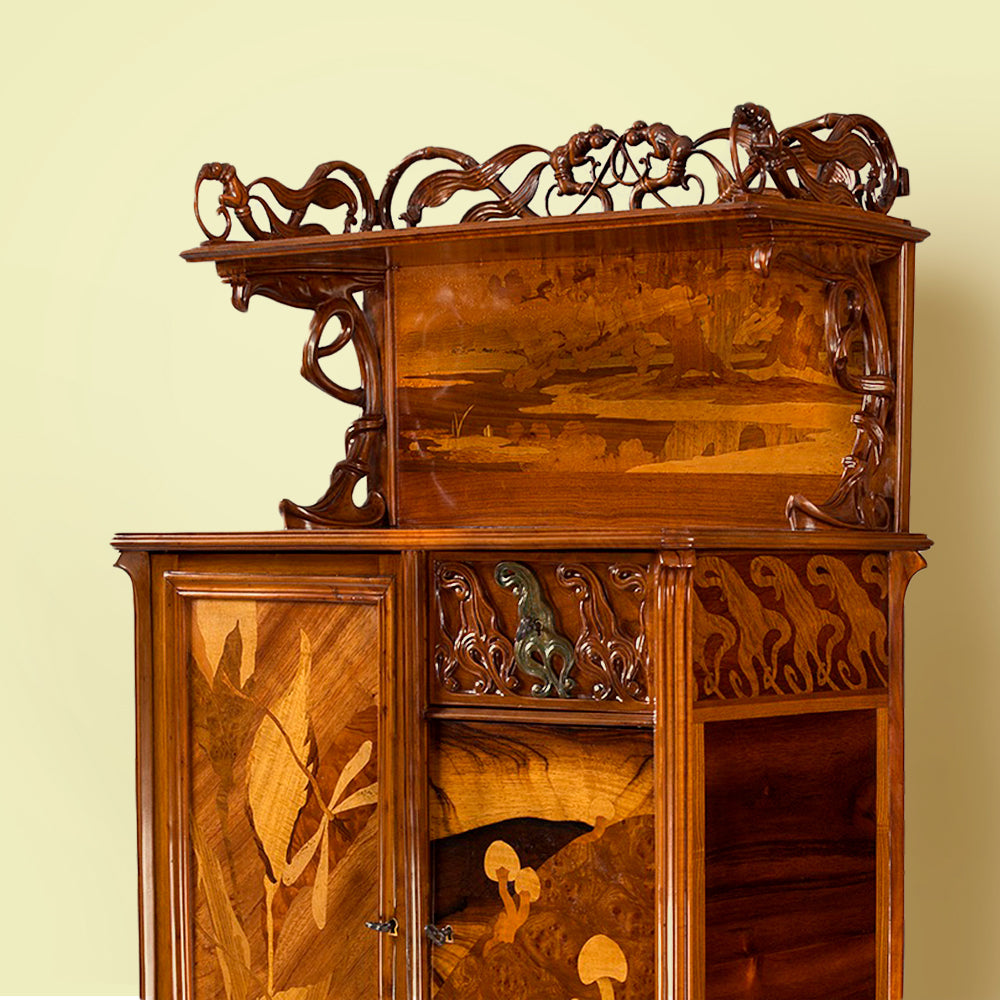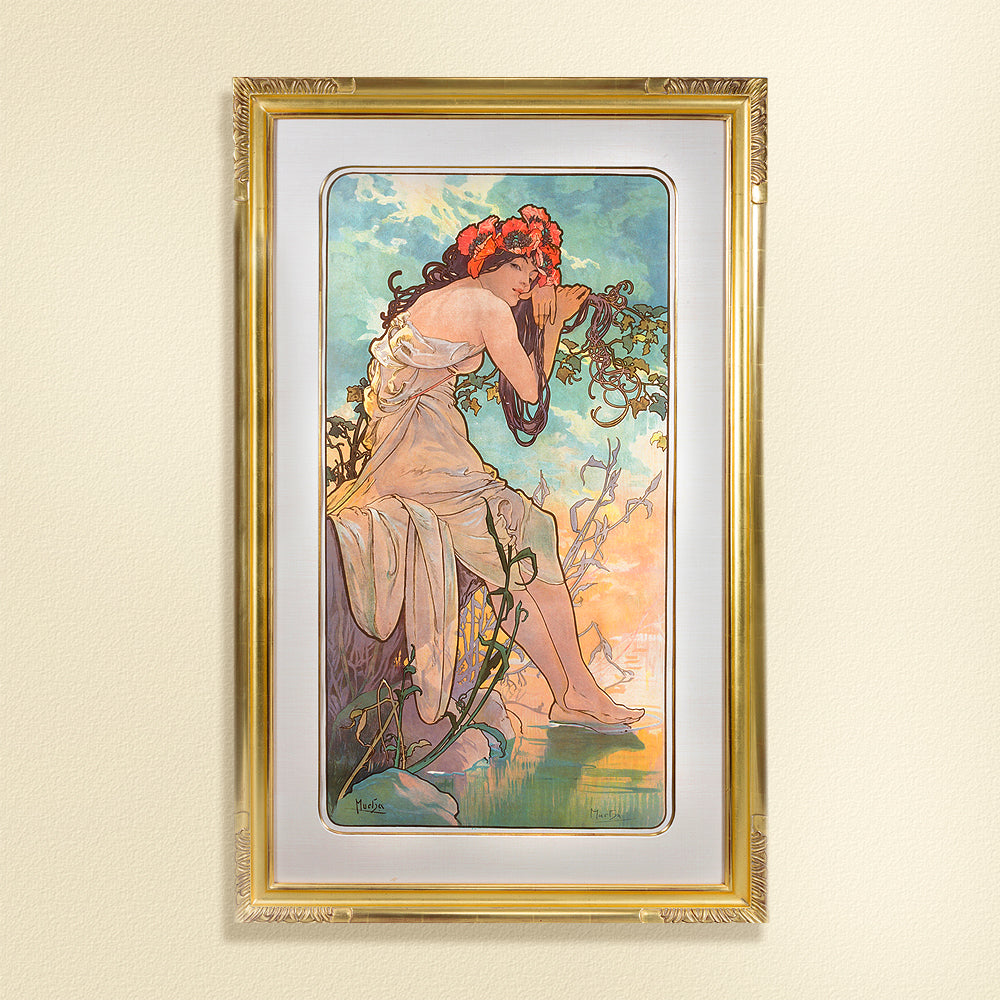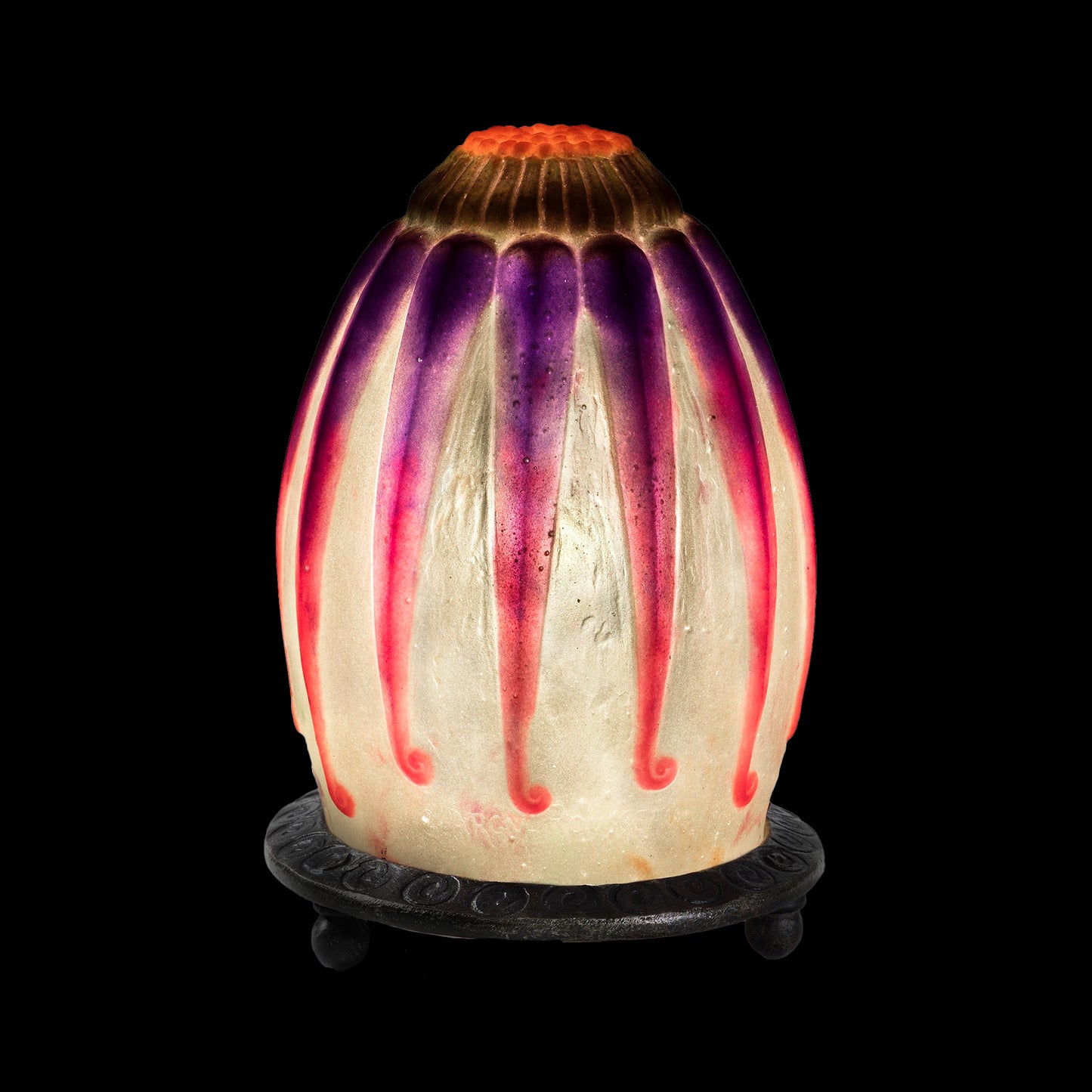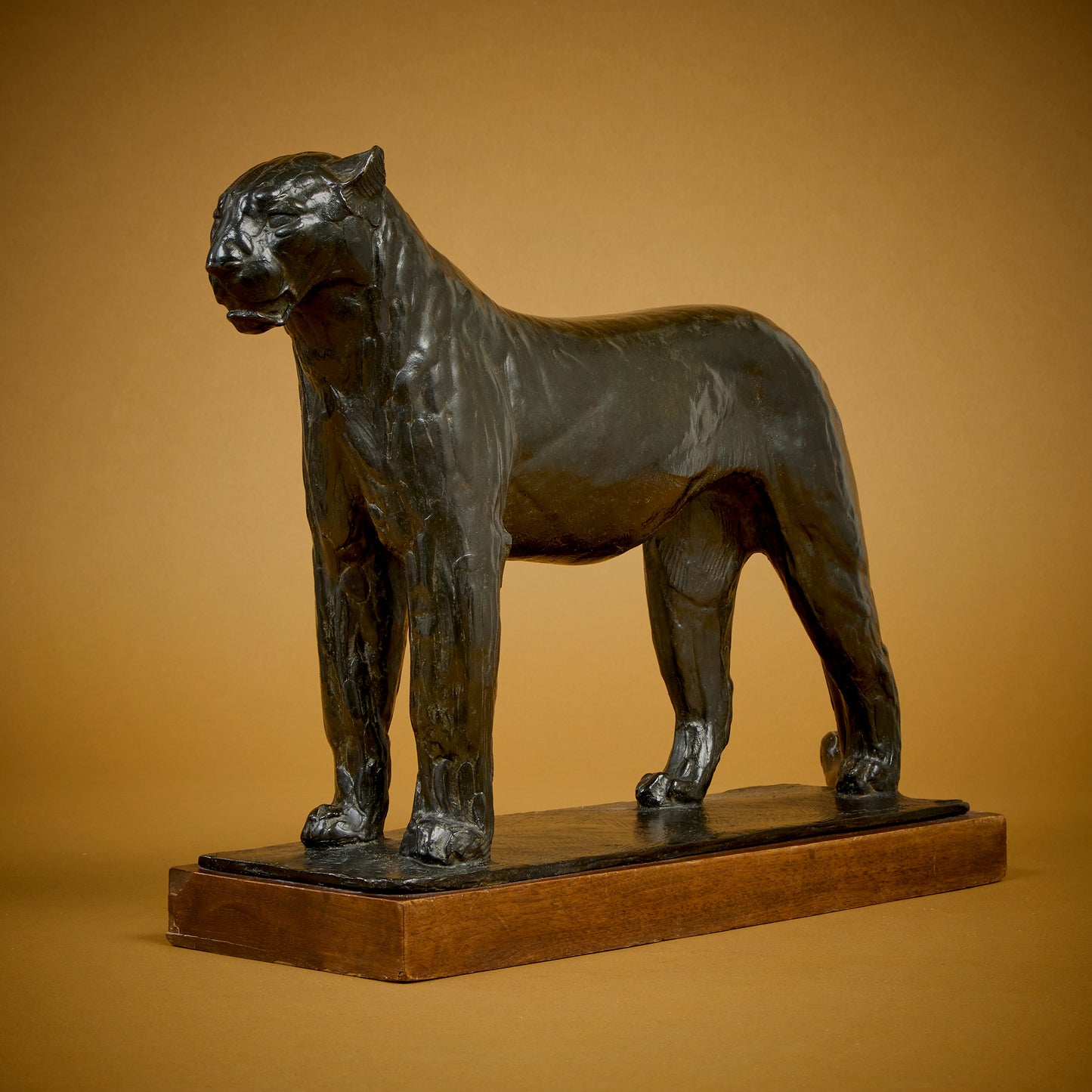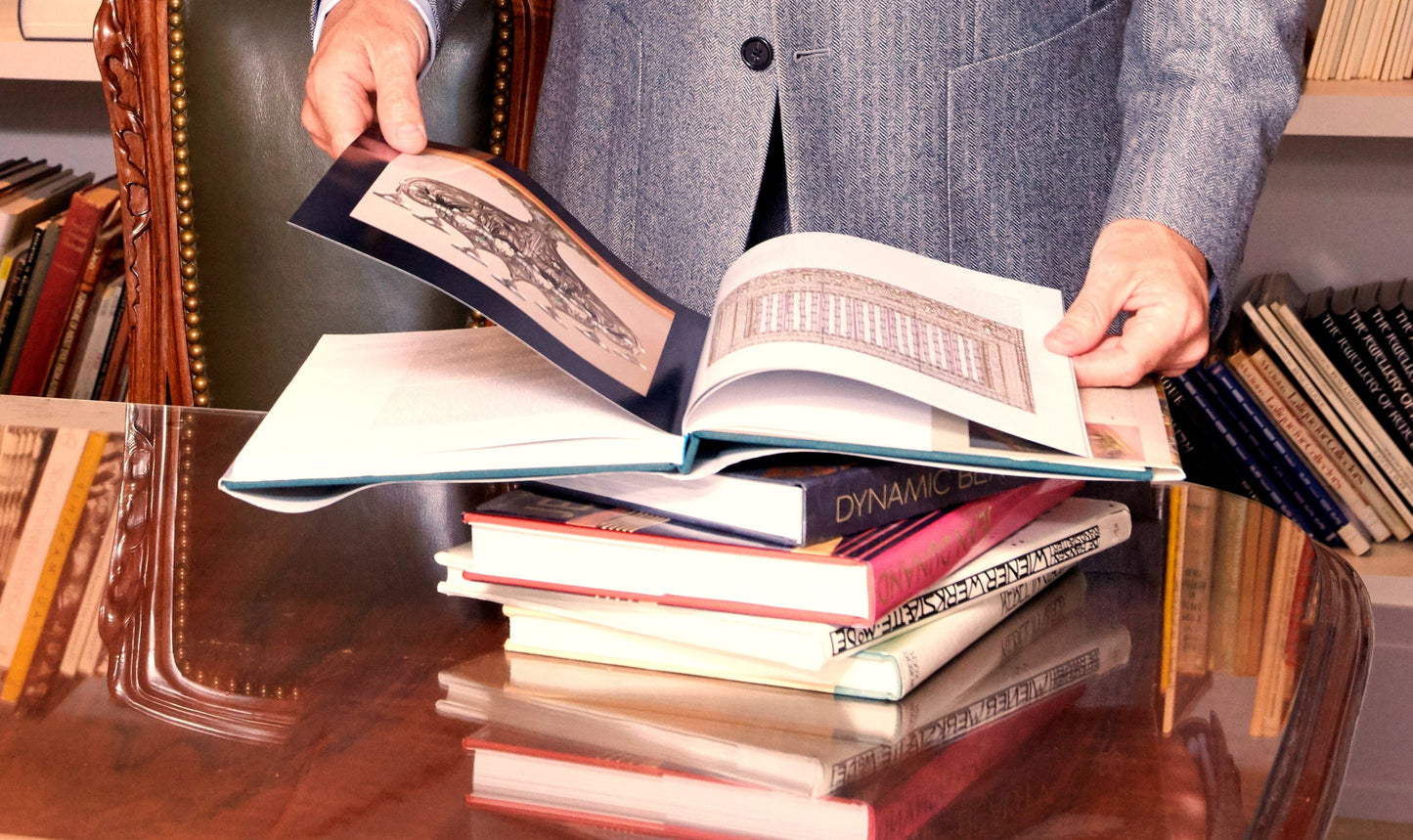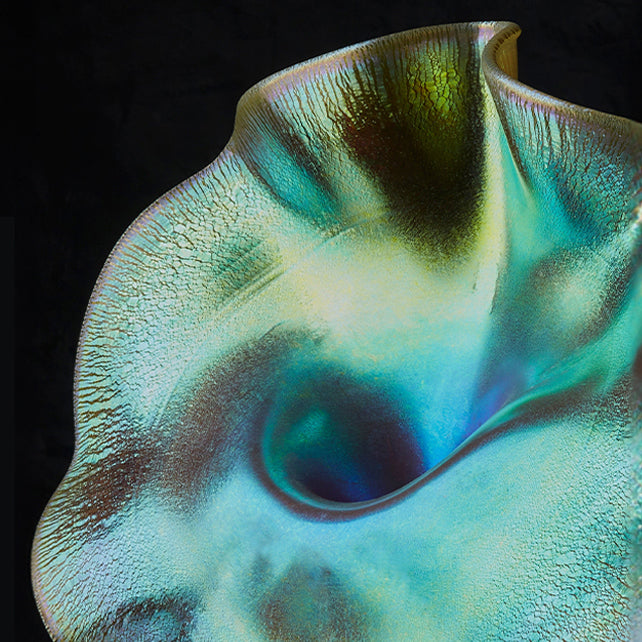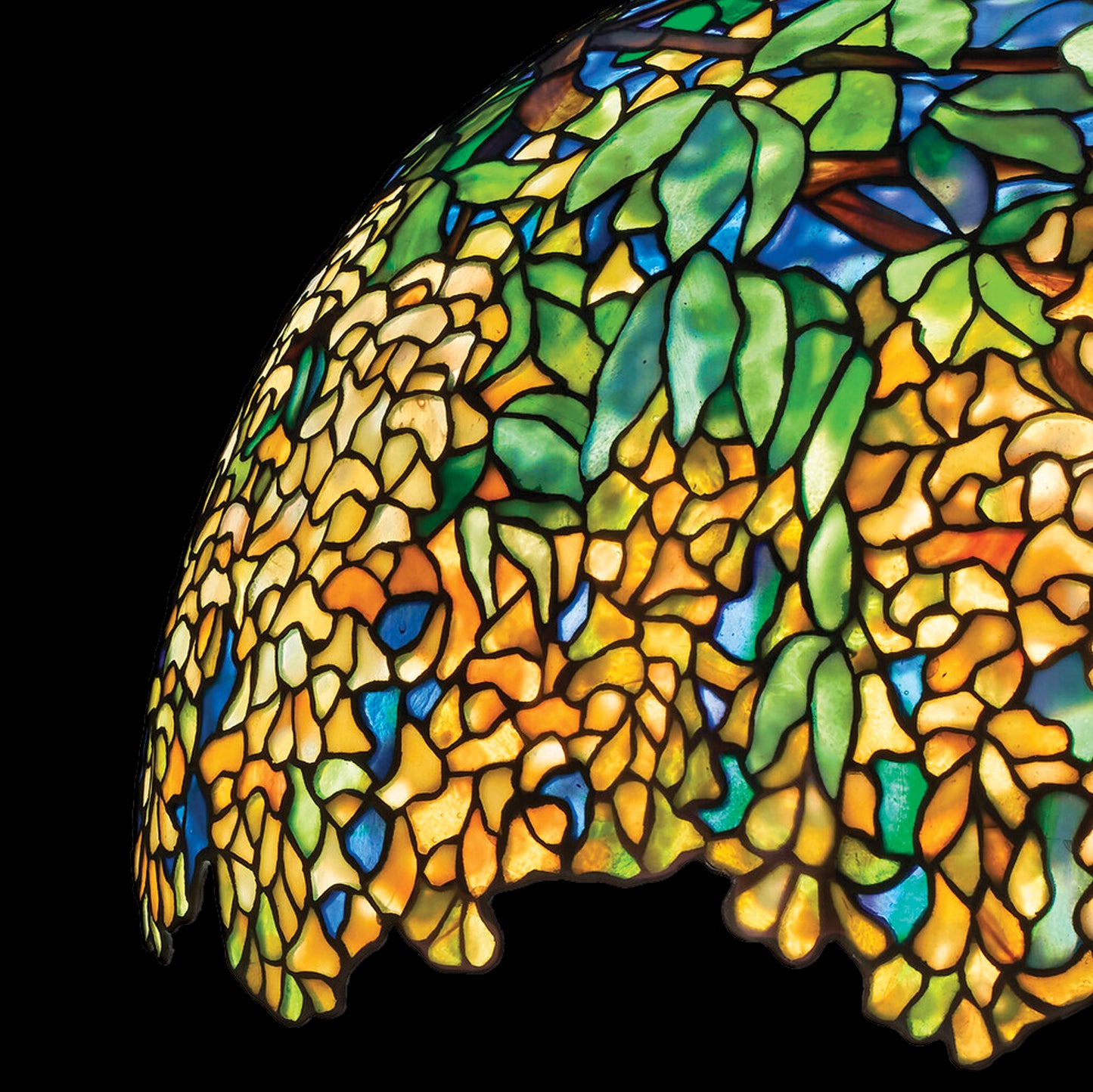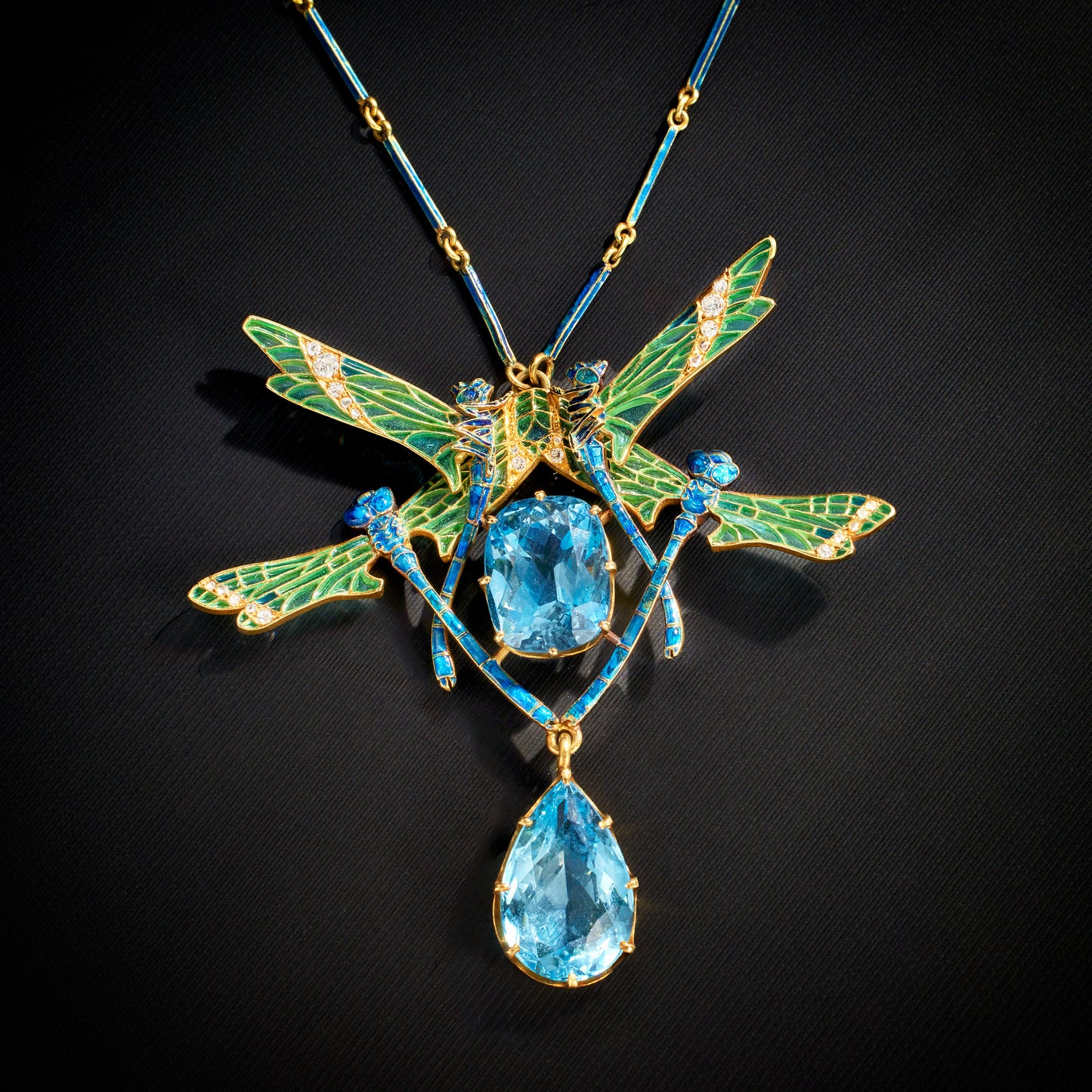Gabriel Argy-Rousseau "Libations" Pâte de Verre Glass Vase
Argy-Rousseau’s Libations vase presents two portraits of women carrying wine jars, each modeled on a different character in Cleopatre. One side of the vase depicts the ballerina Lubov Tchernicheva in the 1913 production of Cléopâtre at the Royal Swedish Opera, an image published in Comœdia Illustré (20 May 1914, no. 16). She differs from her counterpart Ta-hor with her diadem, elaborate dress, and beaded armlets. By crystallizing the climactic moment—Cleopatra’s offering of the poisoned cup that seals Amoun’s fate—the Libations vase translates theatrical drama into the language of decorative art. Its very title recalls the ritual offerings to the deities whereby wine, water, or honeyed milk is poured onto the ground. The word Libations then takes a dark connotation. By drinking the poison, Amoun is offering his life to Cleopatra as a goddess incarnate. She becomes the ultimate femme fatale, wielding her sexuality as a weapon.
The ballet remained in the company’s repertoire until 1917, when the original sets and costumes were destroyed in a fire. In 1918, Cléopâtre was revived with new sets by Robert Delaunay and costumes by Sonia Delaunay for a production at the Coliseum Theatre in London. This staging marked the Ballets Russes’ triumphant return to the stage after a four-year hiatus during the First World War, imbuing the ballet with both historical and cultural resonance.
On the other side of the vase appears a portrait of Lydia Sokolova as Ta-Hor. A central figure in the Ballets Russes’ Cléopâtre, Ta-Hor is entangled in a tragic love triangle with Amoun, who betrays her by sacrificing his life for a single night with Cleopatra. At the drama’s conclusion, she discovers his lifeless body—a moment of devastating recognition that crystallizes the ballet’s emotional intensity. In contrast to Cleopatra’s opulent attire, Sokolova’s Ta-Hor wears only a simple ribbon headband, like Amoun, and a plainly patterned dress. She bears no jewelry or elaborate wesekh collar; instead, she holds a water jar, underscoring her innocence and purity in stark opposition to Cleopatra’s seductive cruelty.
Item #: YG-21724
Artist: Gabriel Argy-Rousseau
Country: France
Circa: 1924
Dimensions: 11.5" height, 8" diameter.
Materials: Pâte de verre glass
Signed: G. ARGY-ROUSSEAU
Literature: A similar vase is featured in Bloch-Dermant, G. Argy-Rousseau, London 1991, cat. rais. 24.01.
Item #: YG-21724
Artist: Gabriel Argy-Rousseau
Country: France
Circa: 1924
Dimensions: 11.5" height, 8" diameter.
Materials: Pâte de verre glass
Signed: G. ARGY-ROUSSEAU
Literature: A similar vase is featured in Bloch-Dermant, G. Argy-Rousseau, London 1991, cat. rais. 24.01.
